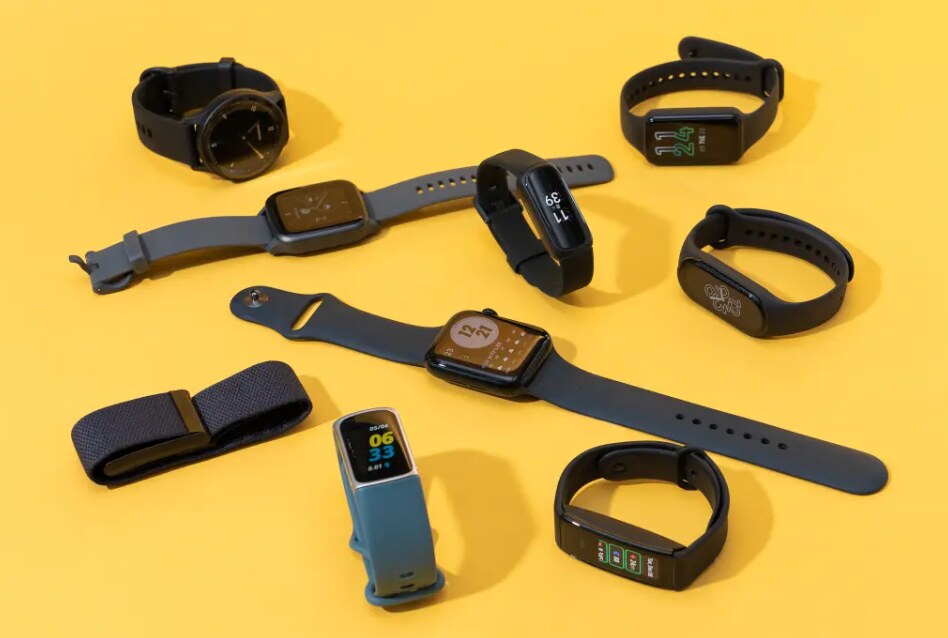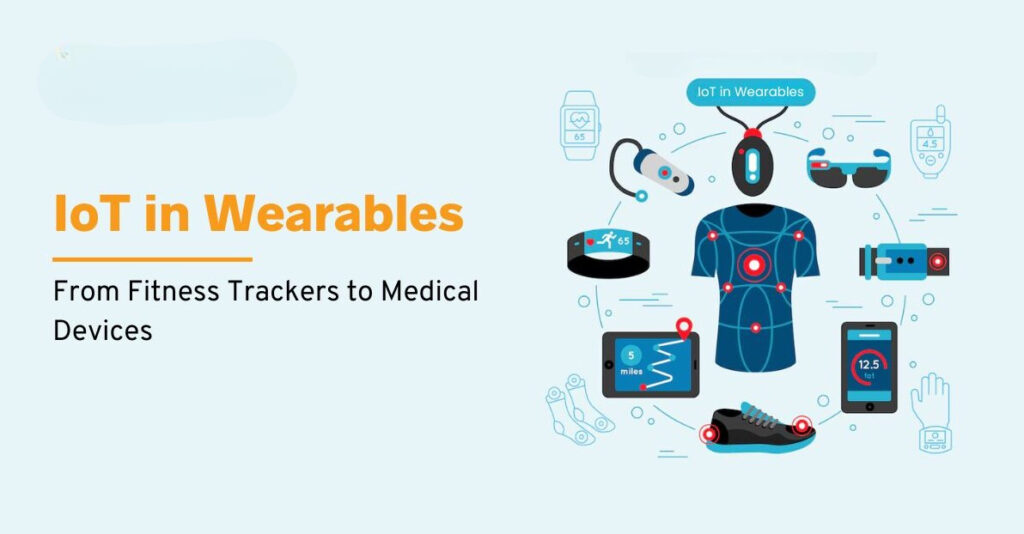IoT wearable devices for fitness assessment study
IoT wearables have changed the game for monitoring and improving our fitness. These gadgets, such as bands and watches, use tech to track health stats as they happen. They’re getting more popular as folks look for ways to use data to better their health and workout results.
This piece looks at how these trackers work, what’s good about them, what to watch out for, and what’s coming next. Knowing about these devices helps you decide how to best use them for your fitness, no matter if you’re just starting out or are serious about training.
What Are Fitness Wearables?
Fitness wearables are smart gadgets that hook up to the internet, made to keep an eye on your fitness and health numbers. These trackers gather info like your pulse, steps, and sleep habits, and send it to apps or online spots to check out.
-
Types of Devices: Common ones are smartwatches, fitness bands, and special sensors you wear.
-
IoT Hook-Up: These devices use networks to send info right away, so they easily sync with your phone or computer for quick insights.
Being connected like this makes them great for keeping track of how you’re doing and setting goals.
How Do Wearables Measure Fitness?
Wearables use sensors to keep tabs on your health and get accurate data. These sensors measure different fitness things, giving you info you can use.
-
Key Things Tracked:
-
Pulse: Sensors see changes in blood flow.
-
Steps: Motion trackers count how you move.
-
Calories burned: Figured out based on how active you are and your body info.
-
Sleep: Motion and pulse patterns show how well you’re sleeping.
-
-
How it Works: Sensors grab the raw data, which is then turned into useful info. For example, pulse checkers use light to measure your pulse.
Tracking Fitness as It Happens
Tracking fitness as it happens gives you quick feedback, helping you change your workouts as you go. If you see your pulse jump while running, you can slow down to not push too hard. Getting this data right away helps you stay motivated and make good choices.
What’s Good About Fitness Wearables
There are many good things about fitness wearables, for everyone from newbies to top athletes.
-
Better Data: Good sensors give you exact info, so you can make plans that fit you.
-
Always Watching: Tracking your stats all the time helps you stay on track and stick to your goals.
-
Healthier Choices: Seeing what’s happening helps you make better calls, like changing your workouts or sleeping more.
-
Athlete Results: Wearables give athletes detailed stats, like how long to rest and how hard they’re working, to help them train better.
These devices let you control your health with info that helps you make smart moves.
Best Fitness Wearables

Picking the best fitness wearable depends on what you need and want to do. Here’s what to think about:
-
Good Data: Sensors that give you info you can trust.
-
Lasting Battery: Should last for long workouts or days.
-
Feels Good: Light and comfy, so it doesn’t bother you.
-
App Help: Apps that give you good breakdowns and help you track goals.
-
Device Types:
-
Smartwatches: Do a lot, like track fitness, show notifications, and have GPS.
-
Fitness Bands: Focus on steps and pulse, great if you want something simple.
-
Special Sensors: Chest straps or arm bands for more stats like VO2 max.
-
Pick a device that matches what you want to do, whether it’s just counting steps or training hard.
How Good Are Fitness Wearables?
How good are fitness wearables? It depends on a few things:
-
Sensor Quality: Better devices have better sensors for more exact data.
-
How You Wear It: Wearing it right helps (like a tight wristband).
-
Your Info: Saying your age and weight helps fine-tune the numbers.
Research shows most wearables are good for pulse and step counting, with only small errors. But, things like movement or skin color can mess with the readings. Know what to expect and double-check important numbers with medical devices if needed.
Worries About Privacy and Security
It’s important to think about privacy with fitness devices. They grab sensitive info like your pulse, where you are, and how you sleep.
-
Hacks: Hackers might try to get into networks that aren’t safe.
-
Sharing: Some apps share your info with ads without asking clearly.
-
To Stay Safe:
-
Use strong, different passwords for your accounts.
-
Turn on extra security when you can.
-
Check what apps can see and stop them from sharing too much.
-
Update your device to fix security problems.
-
New tech is helping make data safer, but you need to stay smart to protect your info.
What’s Coming for Wearables
What’s coming for wearables? There are cool things on the way:
-
AI: Computers will help break down data better, giving you plans that fit you.
-
More Stats: Sensors might track things like blood oxygen, water levels, or stress better.
-
Better Batteries: Things like solar power will make devices last longer.
-
Predicting Problems: Devices could guess health issues based on your trends.
Experts think that by 2030, wearables will work with health systems, changing how we check fitness and health.
Common Questions
How do wearables measure fitness?
Wearables use sensors to track steps, pulse, and sleep. The data is sent for real-time checking.
Are trackers good?
Most are good for basic things like steps and pulse, with small errors. It depends on the sensor and how you wear it.
What’s good about them?
They give you personal info, keep watching all the time, and give you feedback to help you stay motivated and make good choices.
How do I keep my data safe?
Use strong passwords, turn on extra security, stop apps from seeing too much, and update the device.
What’s new in wearables?
Things like AI, better sensors, and longer battery life are making tracking better.
Conclusion
Fitness wearables are great for getting better at fitness. Giving you feedback and personal info, they help you hit your goals. But know how good they are and keep your data safe. As tech gets better, wearables will get even better and work more with health systems. Look into these devices to get the most out of them while keeping your data safe.

